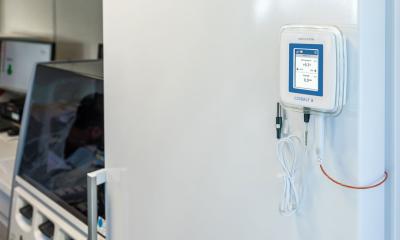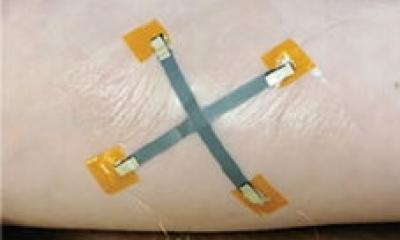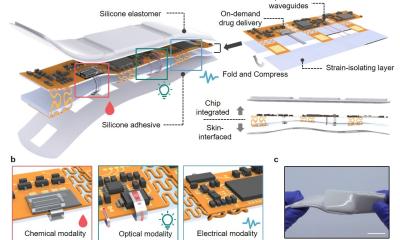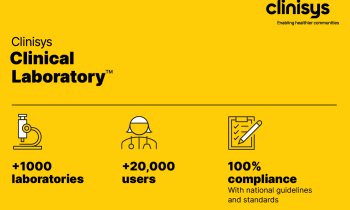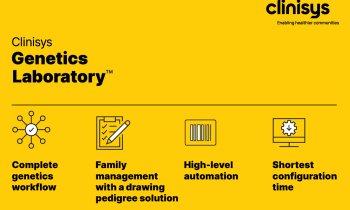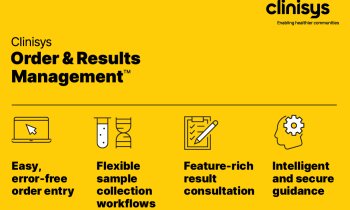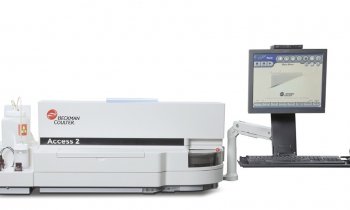Article • Advances in mobile monitoring
Wearable technology transforms laboratory medicine
Remote monitoring via microfluidic platforms, AI-assisted sensor systems, and more: Attendees of the Labmed Forum at Medica saw impressive examples on how wearable technology is becoming a transformative force in laboratory medicine to improve real-time monitoring of patients, covering widespread conditions such as diabetes, asthma and COPD. With an emphasis on remote monitoring, devices are providing continuous measurements of vital signs to allow healthcare professionals to make informed decisions based on accurate data.
By Mark Nicholls
The role of wearables within laboratory medicine was highlighted in a session at the Medica/Compamed event in Dusseldorf in November looking at progress and obstacles being encountered by the sector. Speakers also discussed changing quality requirements, shortages of laboratory professionals and what a “green” laboratory may look like.
Improved monitoring capabilities
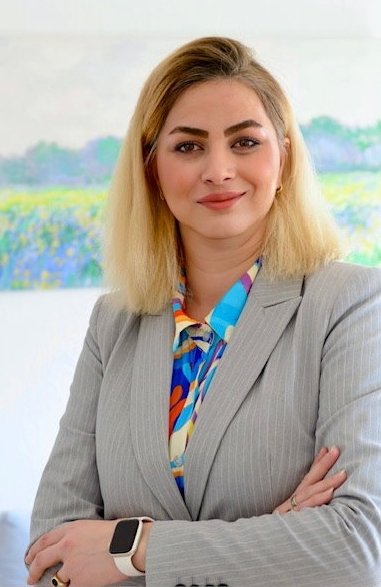
Professor Taleieh Rajabi, an expert in applying microfluidics in wearables, said worn devices are adding a new dimension to patient monitoring and diagnostics in laboratory medicine. ‘By capturing real-time vital signs and other important health metrics, these devices enable healthcare professionals – and in the future, patients – to make informed decisions swiftly,’ said the Head of Precision Microfluidics at Fraunhofer IMM.
The integration of microfluidics and emerging smart technologies such as artificial intelligence (AI) and machine learning (ML) into wearable devices offers greater potential for accurate and non-invasive monitoring and diagnosis, added Rajabi.
This includes, for example, development of wearable microfluidic platforms for detecting sweat analytes and an AI-assisted sensor system for monitoring tear biomarkers. ‘By combining microfluidics with real-time analysis of body fluids and AI-driven data analytics and machine learning, we can develop non-invasive wearable devices that enhance patient healthcare through improved monitoring capabilities.’
Current and future applications
During her presentation, Professor Rajabi discussed the benefits of wearable flash glucose monitoring for continuous real-time monitoring of glucose levels for diabetes patients by sending data to smartphones via continuous glucose monitors (CGMs); and smart inhalers that enable targeted medication delivery by utilising patient vital signs and equipped with sensors to monitor respiratory rate, airflow, and medication usage, to optimise treatment for asthma and COPD.
She added that data from wearables can support personalised medicine by helping to create and adjust individualised treatment plans, enhance patient engagement, and be integrated into electronic health records.
Rajabi added: ‘Looking ahead, advancements in the field will likely include predictive wearables, smart clothing, implants, and microfluidic wearable devices integrated with biosensors and soft materials.’ Additionally, AI can create predictive models, while ML can enhance the performance of sensors by optimising calibration. Effectively harnessing these advanced analytical techniques is crucial for maximising the benefits of wearables in healthcare,’ she said.
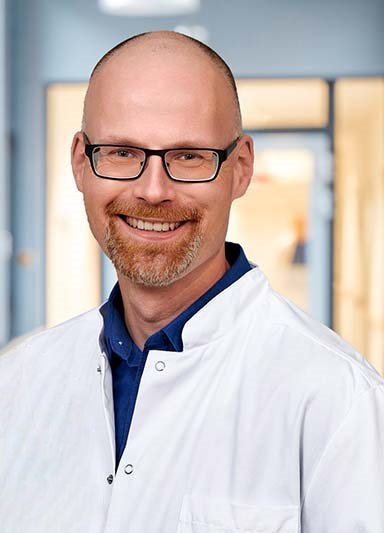
Dr Martin Christmann, Laboratory Head at the Center for Laboratory Diagnostics at St Bernward Hospital in Hildesheim, discussed changing quality requirements and their impact on daily practice with a laboratory setting.
More recently, processes around sample preparation, transport, storage conditions, staff education and digital support solutions, have become part of those laboratory quality requirements, with a key driver remaining the focus on patient safety and regulations. However, he said the rising importance of peri-analytical parameters has marked a new era in terms of laboratory quality measures.
‘In addition, new challenges occur from risk-management strategies, data safety and integrity and an evolving need for quality measures of staff competency and continuous learning efforts,’ added Christmann. ‘But in daily practice, these challenges can only be addressed when motivation, infrastructure, personnel and administrative support are in the right balance.’
To be prepared for upcoming quality requirements arising from digitalisation, autonomous laboratory processes and the increased focus on peri-analytical factors, there is a need for well-educated personnel and resources, Christmann pointed out. ‘As the clinical laboratories are usually on the front-line of changing quality requirements in the health business, they require the resources and personnel to adapt knowledge skills, processes and infrastructure towards the constantly evolving quality requirements,’ the expert said.
Attracting new talent for laboratory medicine
During the session, Dr Thomas Henningsen from ORCA (Organisation for Rapide Climate Action) discussed “green laboratories” while Dr Dovilė Karčiauskaitė, Head of the Department of Physiology, Biochemistry, Microbiology, and Laboratory Medicine at Vilnius University, talked about how a significant shortage of laboratory medicine physicians was being driven by limited exposure to laboratory medicine in medical education, misconceptions about the specialty, and increasing diagnostic demands. ‘Addressing this issue,’ she said, ‘will require a multifaceted approach, including expanding training programmes, providing adequate funding, and developing new pathways to attract and retain talent in laboratory medicine.’
Profiles:
Professor Dr Taleieh Rajabi is Head of Precision Microfluidics group at Fraunhofer IMM and Professor for applied physics and microfluidics. Her expertise is in research and development of high-performance miniaturised microfluidic systems and automation of development processes covering the fields of novel microfluidics-based point-of-care diagnostics platform for disease specific biomarkers detection and microfluidics for application in wearables.
Dr Martin Christmann is Laboratory Head at the Center for Laboratory Diagnostics at St Bernward Hospital in Hildesheim, a member of D1 and D2 working group of the German Federal Chamber of Physicians, and visiting lecturer at the University of Applied Sciences in Kärnten, Austria.
11.08.2025



